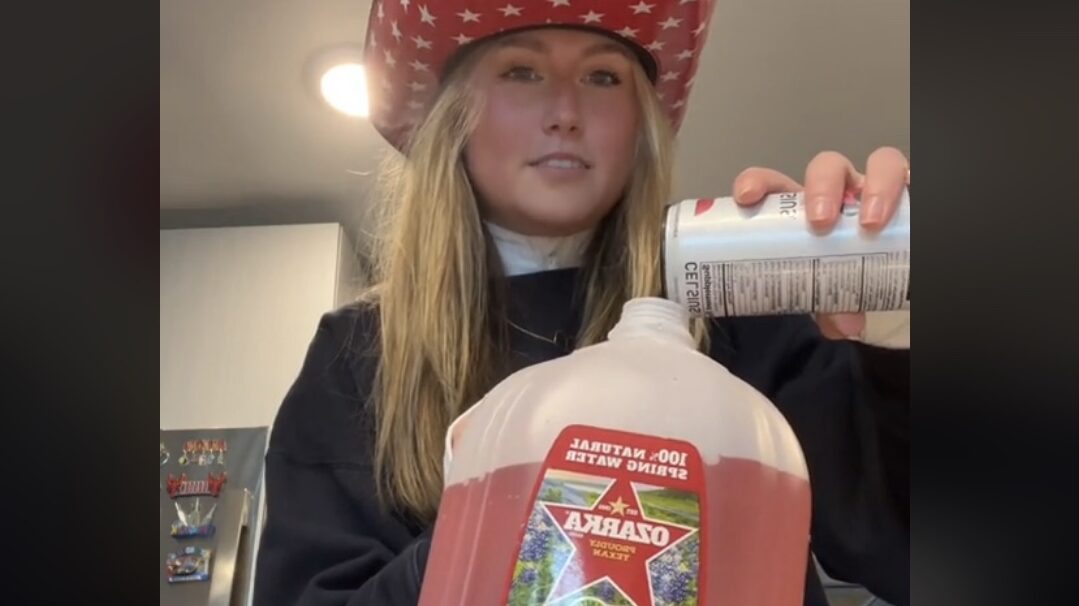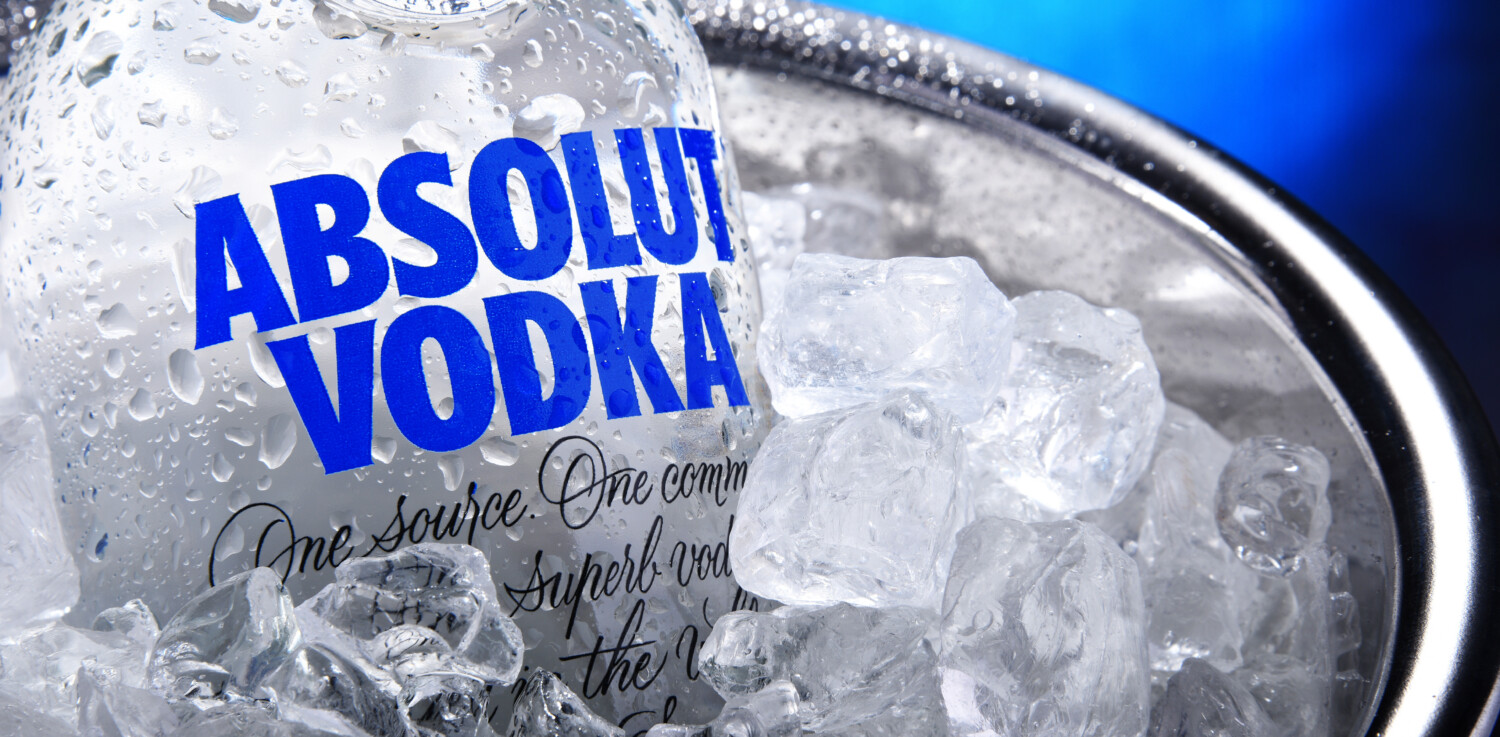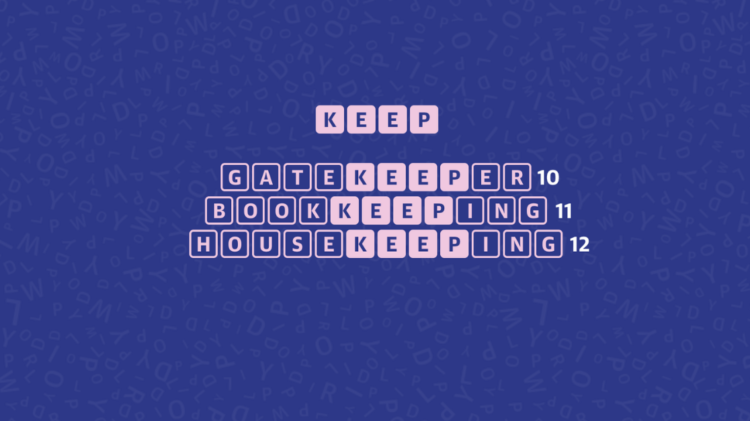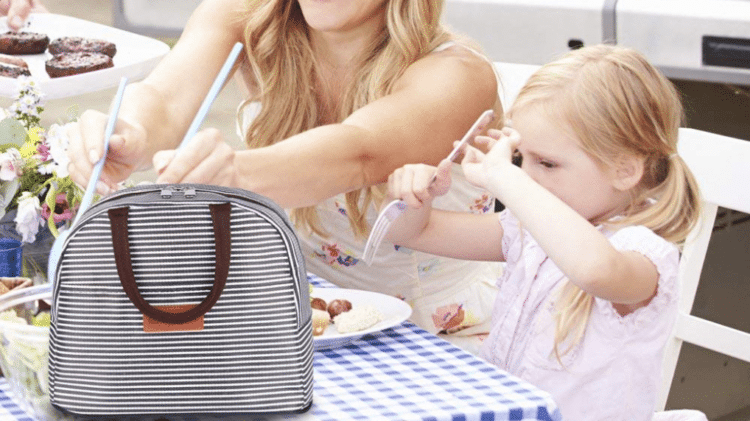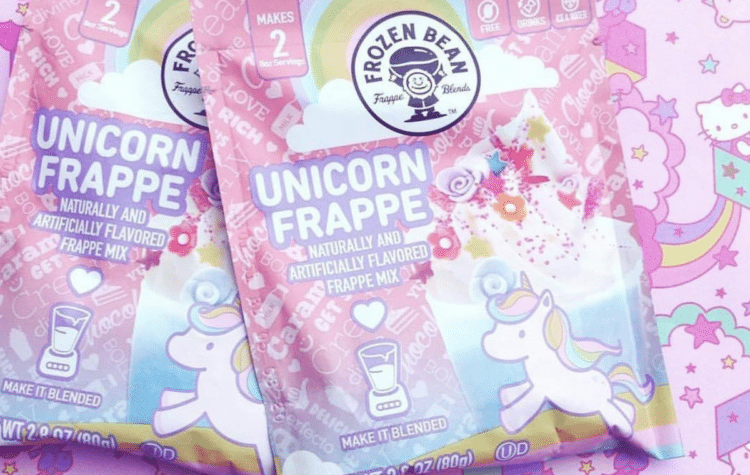What is the ‘borg’ drinking trend? Here’s what you should know
No, “Star Trek” fans, the rise of the borg isn’t a resurgence of an alien race of cyborgs. It’s a drinking trend that’s going around on TikTok.
Binge-drinking college students have recently latched onto the idea of a creative alcoholic beverage nicknamed the “black-out rage gallon,” making “borg” an acronym. The borg is a gallon jug that incorporates equal parts water and vodka. Then, a “flavor enhancer” and/or caffeinated liquid like Mio Energy is added, along with powdered electrolytes.
Here’s a University of Texas at Austin student who goes by the handle @bellaaalonzo sharing her version on TikTok at the end of January. The video now has 2.2 million views.
@bellaaalonzo How to make a BORG that actually tastes good (heart attack in a jug) happy snow day! #snowday #darty #borg #celsiuslivefit #utaustin #atx
The idea behind the borg is that you are still able to drink without some of the nastier side effects of imbibing alcohol. And it’s been gaining in popularity since the pandemic, when the idea of shared drinks wasn’t so palatable. Some are even labeling their borgs with punny names like “Ron Borgundy” and “SpongeBorg.”
Here’s one of the earliest examples of a borg tutorial on TikTok back in 2020 from a user named Autumn, who goes by @disneyprincessofdeath.
@disneyprincessofdeath
Some say borgs are a sign of progress in reducing college drinking hazards — students are still drinking but trying to do it “better.” As commenters on TikTok have pointed out, the borg lets people customize their cocktail (for flavor, strength, caffeine, hydration level and other factors) and track how much they are drinking.
“When it comes to substance use prevention, harm reduction recognizes that people are going to make their own decisions when it comes to alcohol and other drugs,” Erin Monroe, a creator who says on her TikTok that she’s credentialed in substance use prevention in New York, told NBC News. “But there are strategies we can use to reduce some of the risk.”
Here’s Monroe explaining her “harm reduction” thoughts further in a TikTok post. She notes that each person having their own closed gallon jug is more sanitary and potentially prevents a scenario where a stranger slips drugs into a communal drink or open container.
@erin.monroe_ #genz #millennial #harmreduction #fyp @rosieposie1616 #stitch
Drinking a borg more slowly over a period of time could also help reduce the effects of alcohol.
However, there are those that don’t think borgs are a great idea at all, including a Boston University professor who spoke on a local news segment about the trend.
“There’s still a dangerous drug in that drink. It’s called alcohol,” David Jernigan of the Health Law, Policy & Management department at BU, told Boston 25. “Calling this a trendy thing is trivializing. This is simply encouraging more binge drinking.”
Tufts ER physician Dr. Gus Colangelo also pointed out that there could be social pressure to finish your entire borg and that the flavors mixed in with the drink could make you forget just how much alcohol is in there. He also said that of the ER patients he sees in downtown Boston, a big college town, up to 70% of patients are there because of some complication related to binge drinking.
“Sometimes they drank five Manhattans and sometimes they drank a borg,” Colangelo told Boston 25 News.
A Healthline story on the borg trend quoted a professor from New York University’s Langone Health, Dr. Pantea Farahmand, as saying that touting the “harm reduction” aspects of a borg is going too far.
“When we’re thinking of quantities of drinking that are considered safe, more than two shots is not considered safe,” Farahmand said. “Mixing that with water is one thing, but if you’re adding caffeine, that is dehydrating and will undo any positive effects of the water. Who really cares about additional electrolytes being added? It won’t cancel out the amount of damage alcohol can do.”
The doctor also said the borg rising from a social media trend is another example of the damage that “information overload” can have on Gen Z.
“I think different generations have different trends and the difference with Gen Z is that they have access to a lot of information very quickly,” Farahmand told Healthline. “You have access to millions of people coming up with the same idea and who propagate misinformation a lot more quickly. If you’re a young person and hear enough people saying the same thing, even if you have your doubts, you might fall for it.”


